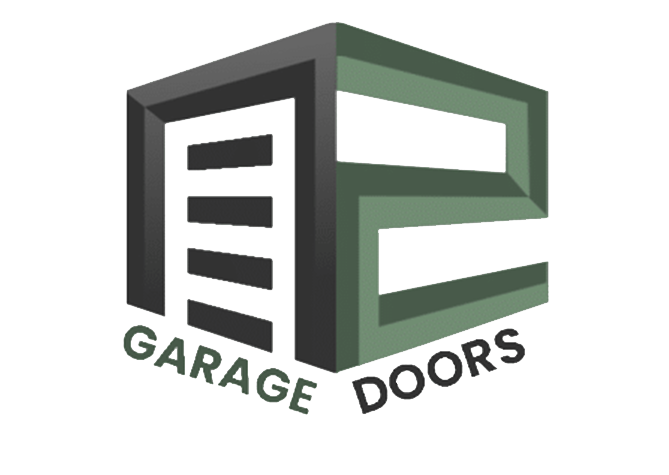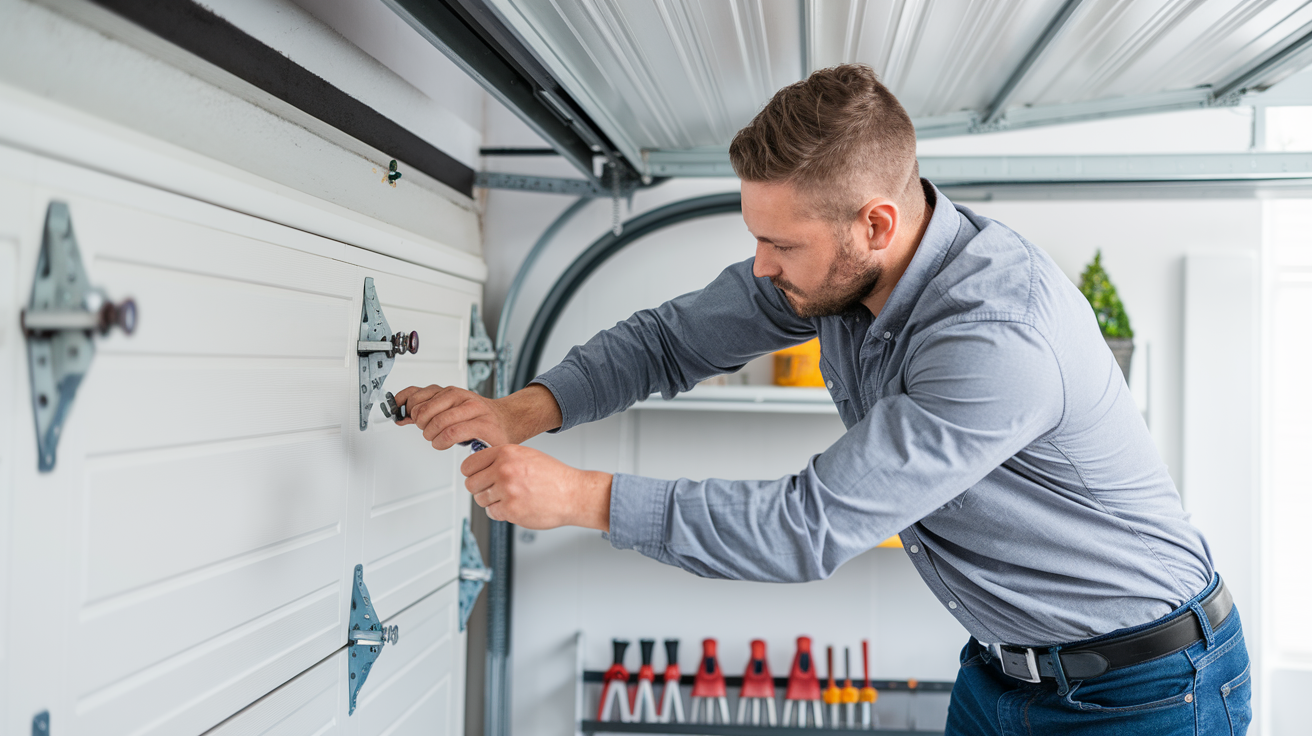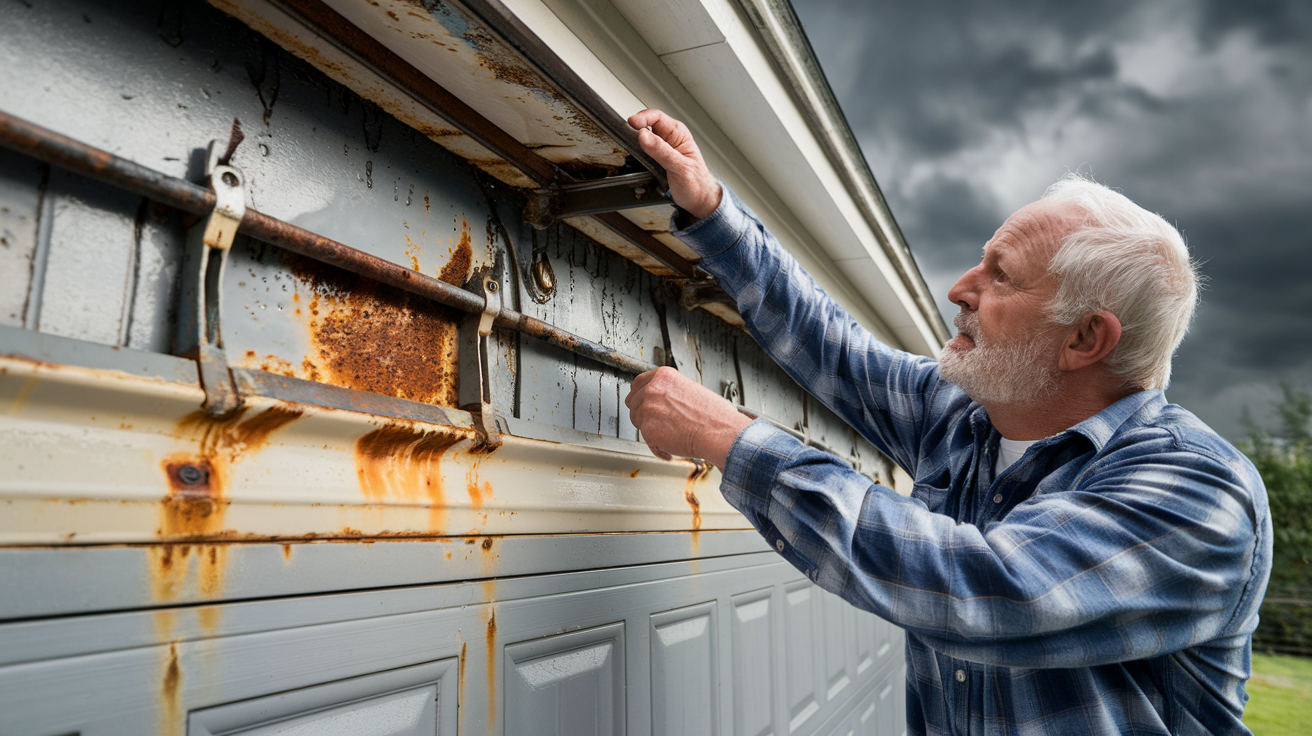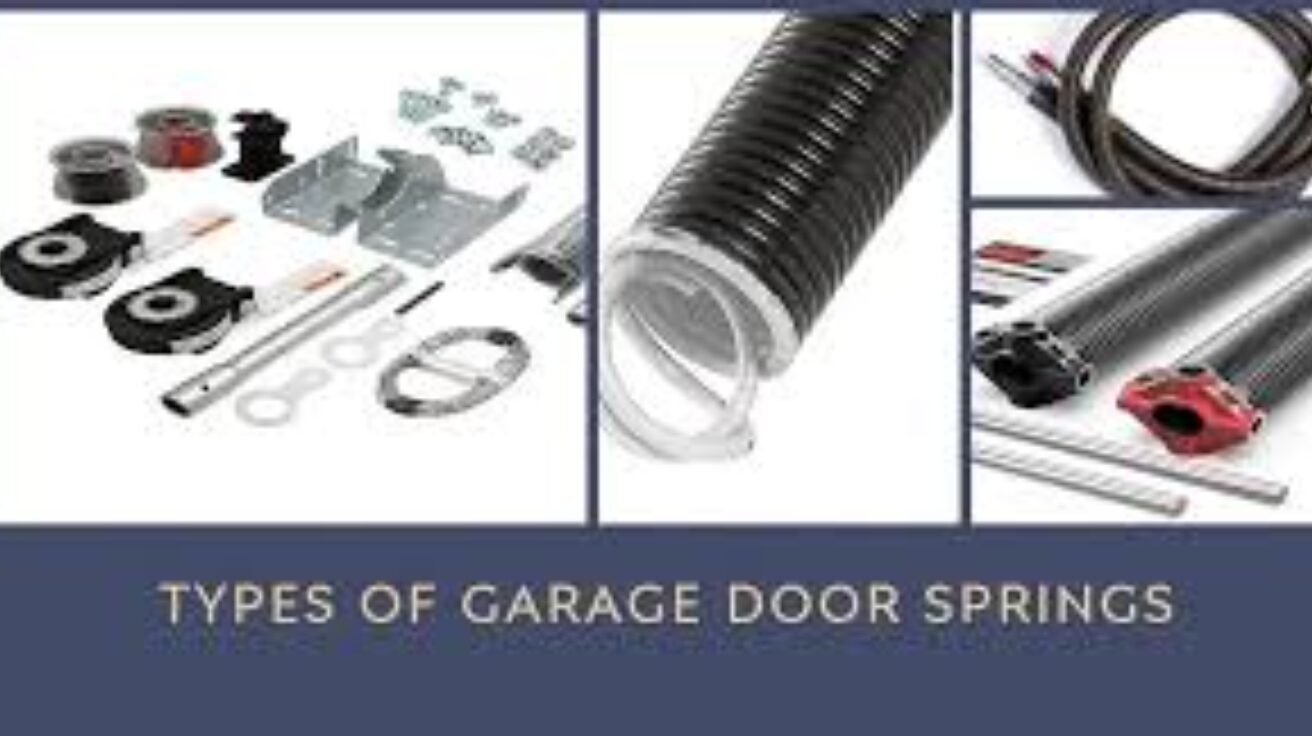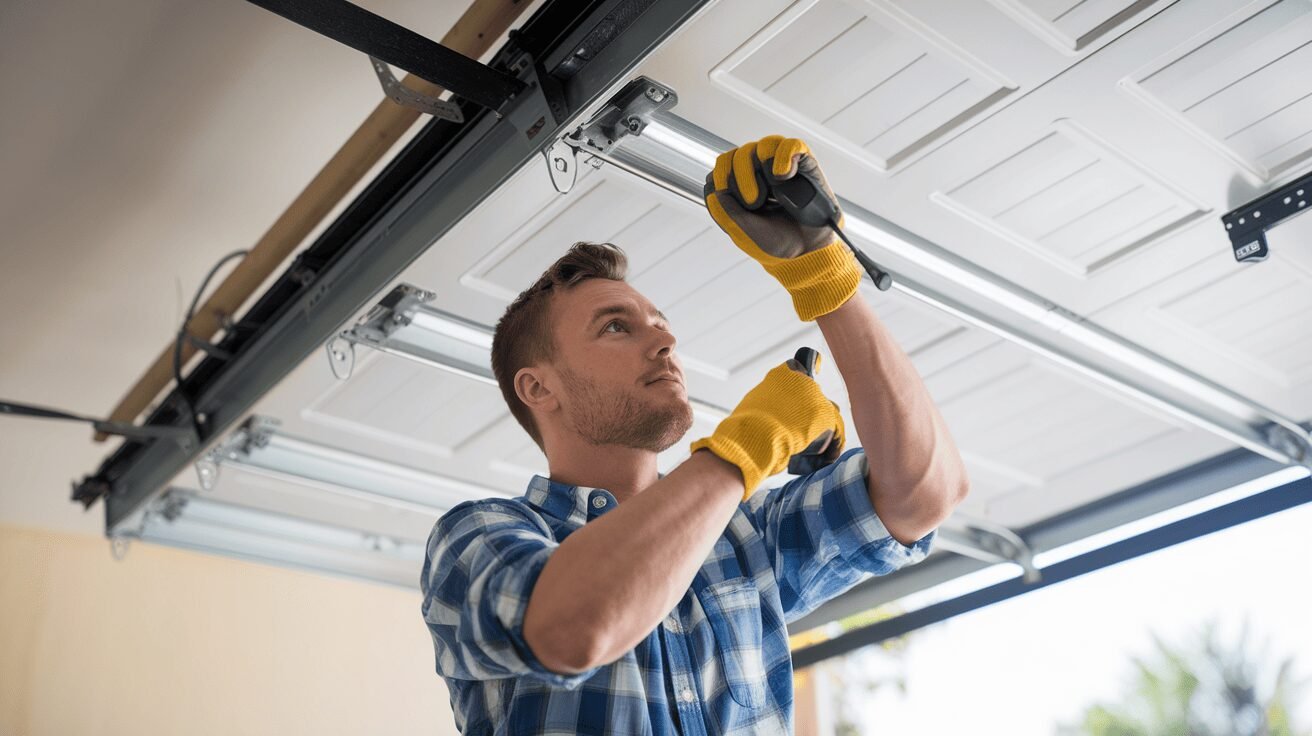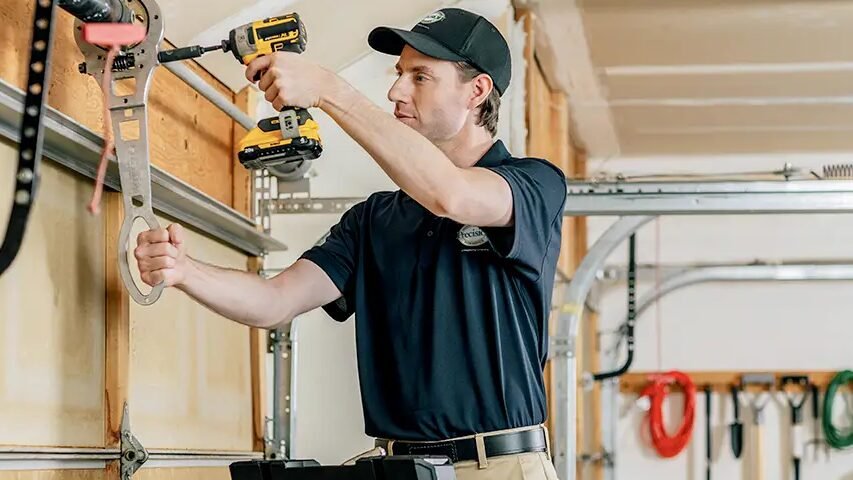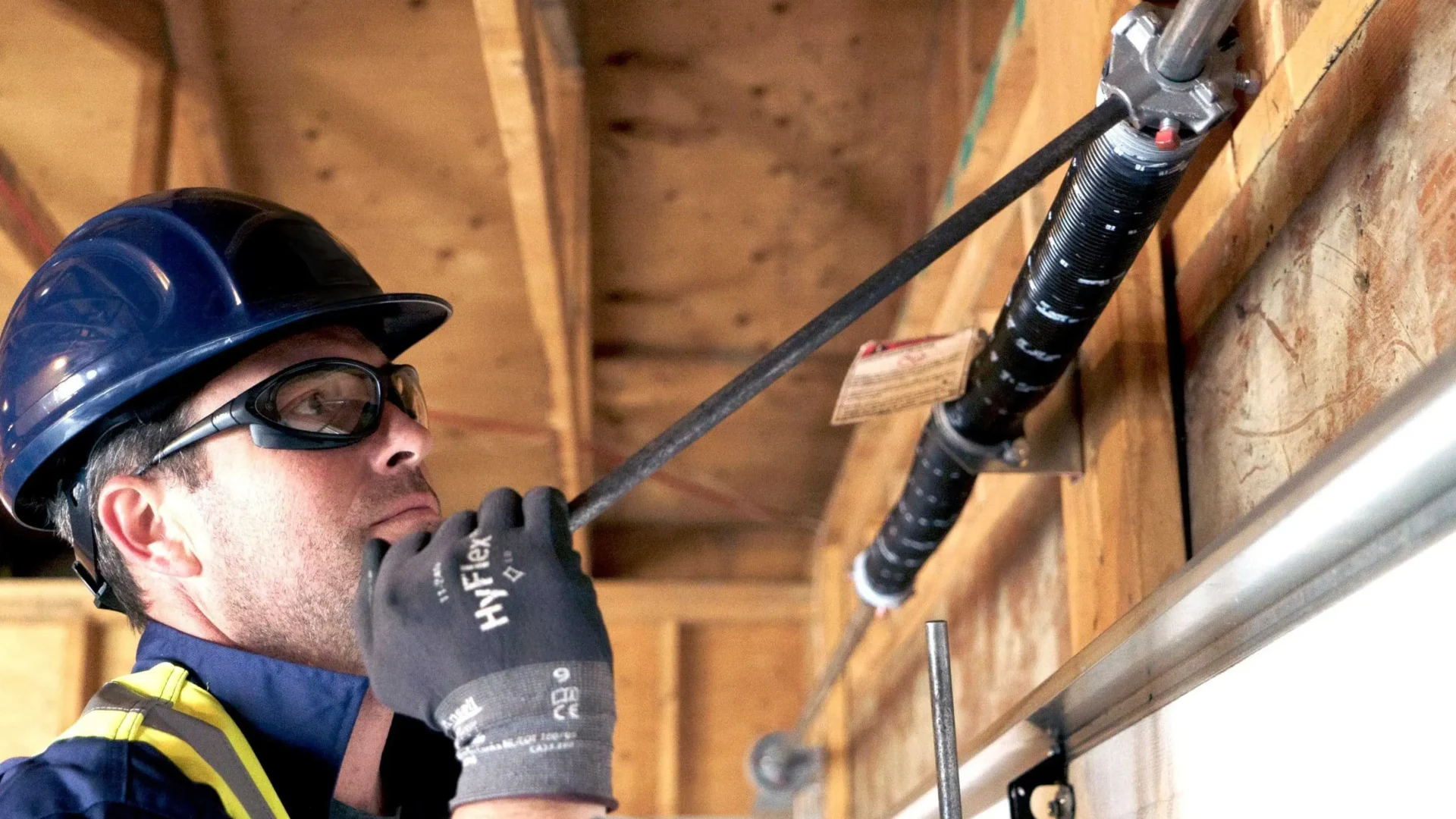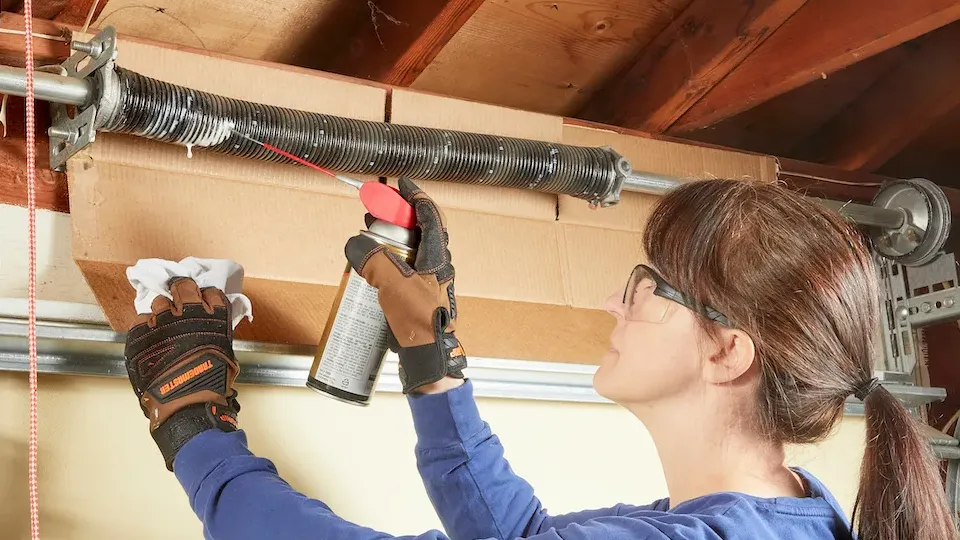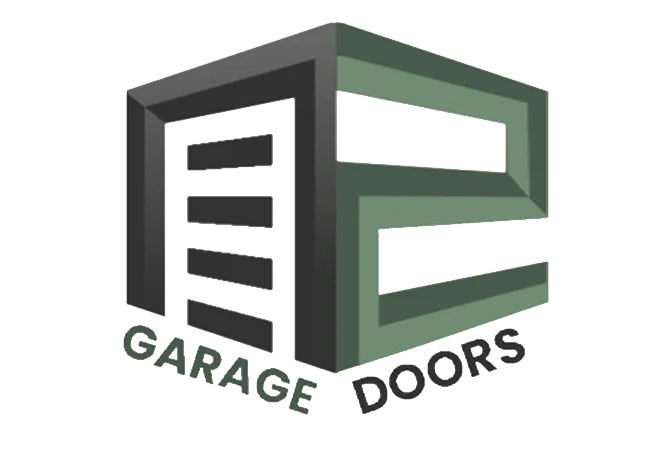Fix a Broken Garage Door Spring
How to Fix a Broken Garage Door Spring in The Woodlands, TX When your garage door spring breaks, it can feel like your entire day comes to a halt. A broken spring can render your garage door completely unusable, trapping your car inside or outside and posing a significant safety hazard. Homeowners in The Woodlands, TX, know that swift, reliable repair services are crucial to getting life back on track. In this guide, we’ll cover everything you need to know about fixing a broken garage door spring, including why DIY repairs are risky, the cost of professional repairs, and why choosing our expert services is your best option. Why Garage Door Spring Repair Is Not a DIY Job Garage door springs are under immense tension and can cause severe injury if handled improperly. Attempting to repair or replace a broken spring without professional experience can result in serious accidents. Here’s why you should always hire a professional for garage door spring repair in The Woodlands: 1. Extreme Tension and Risk of Injury Garage door springs, particularly torsion springs, are wound tightly to bear the door’s weight. A sudden release of this tension can cause lacerations, fractures, or even more severe injuries. It’s not worth risking your safety when professional help is readily available. Real-Life Case Study: The Henderson Family Mr. Henderson, a homeowner in The Woodlands, attempted to replace his broken spring himself to save money. Unfortunately, the spring snapped during installation, causing a deep cut on his arm and damaging the garage door panel. The repair ended up costing double what a professional service would have charged. 2. Lack of Proper Tools and Equipment Garage door spring repair requires specialized tools that most homeowners do not have. From winding bars to tension gauges, using the wrong tools can damage the door or cause injury. Professionals are equipped with the right gear to handle the job safely and efficiently. 3. Complex Balancing and Calibration Replacing a garage door spring is not just about swapping out the broken part. Proper calibration is essential to ensure the door operates smoothly and safely. An improperly balanced door can strain the motor, leading to additional repairs. Real-Life Case Study: The Martins’ Unbalanced Door After attempting a DIY spring replacement, the Martin family noticed their garage door closing unevenly and loudly. Eventually, the imbalance caused the door opener to burn out, costing hundreds in additional repairs. Hiring a professional from the start could have saved both time and money. Real-Time Case Study: Emergency Garage Door Spring Repair One of our recent clients in The Woodlands faced an emergency situation when their garage door spring snapped just as they were preparing to leave for a weekend trip. With luggage packed and kids ready to go, they were stuck. They called us immediately, and our team arrived within 30 minutes. Not only did we replace the spring swiftly, but we also performed a complete safety check to ensure no further issues. The family was back on the road in just under two hours, relieved and grateful for our prompt service. Understanding the Cost of Spring Replacement How Much Does Spring Repair Cost? The cost of garage door spring repair in The Woodlands can vary based on several factors: Type of Spring: Torsion springs tend to cost more than extension springs due to their durability and function. Labor Charges: Professional installation ensures safety and longevity, but labor costs can vary by company. Emergency Repairs: After-hours or same-day services might come at a premium. Typical Price Range Most homeowners in The Woodlands can expect to pay between $150 to $350 for spring replacement, including parts and labor. Always request a detailed quote before agreeing to repairs to avoid hidden fees. Value-Driven Case Study: Budget-Friendly Spring Replacement Our client, Mrs. Parker, was concerned about the high costs of spring replacement. After comparing several quotes, she chose our service due to our transparent pricing and no hidden fees. We explained every step and completed the job efficiently, leaving her highly satisfied with both the quality and cost. Why Choose Our Garage Door Spring Repair Services? At Garage Doors Woodlands TX, we understand the urgency of a broken garage door spring and offer fast, reliable service to get your door back in working order. Here’s why we stand out: 1. Emergency Repair Services We offer 24/7 emergency repair services to ensure your garage door gets fixed as soon as possible. Whether it’s early morning or late at night, our skilled technicians are just a phone call away. 2. Experienced and Trained Technicians Our team consists of highly trained professionals with years of experience in garage door spring repair. We use the latest tools and techniques to ensure a quick and safe repair process. 3. Competitive Pricing with No Hidden Fees We believe in transparent pricing. Our quotes include parts, labor, and a thorough safety inspection, so you know exactly what you’re paying for. Real-Life Case Study: Fast and Reliable Repair for Mrs. Greene When Mrs. Greene’s garage door spring snapped on a Sunday evening, she feared a long wait for repairs. Our team arrived within the hour, replaced the spring, and ensured the door was functioning properly, all at an affordable price. How to Know If Your Spring Is Broken Recognizing a broken spring can help you take prompt action. Look out for the following signs: Door Doesn’t Open: One of the most common indicators. Loud Bang: Springs can break with a loud noise similar to a gunshot. Sagging Door: A broken spring causes uneven tension, making the door sag on one side. Loose Cables: When the spring breaks, the cables may come loose or hang down. If you notice any of these signs, avoid using the door and call a professional immediately to prevent further damage or injury. How to Schedule a Garage Door Spring Repair Service Scheduling a repair with us is fast and simple. Here’s how to do it: Describe the Issue: Let us know the symptoms or
